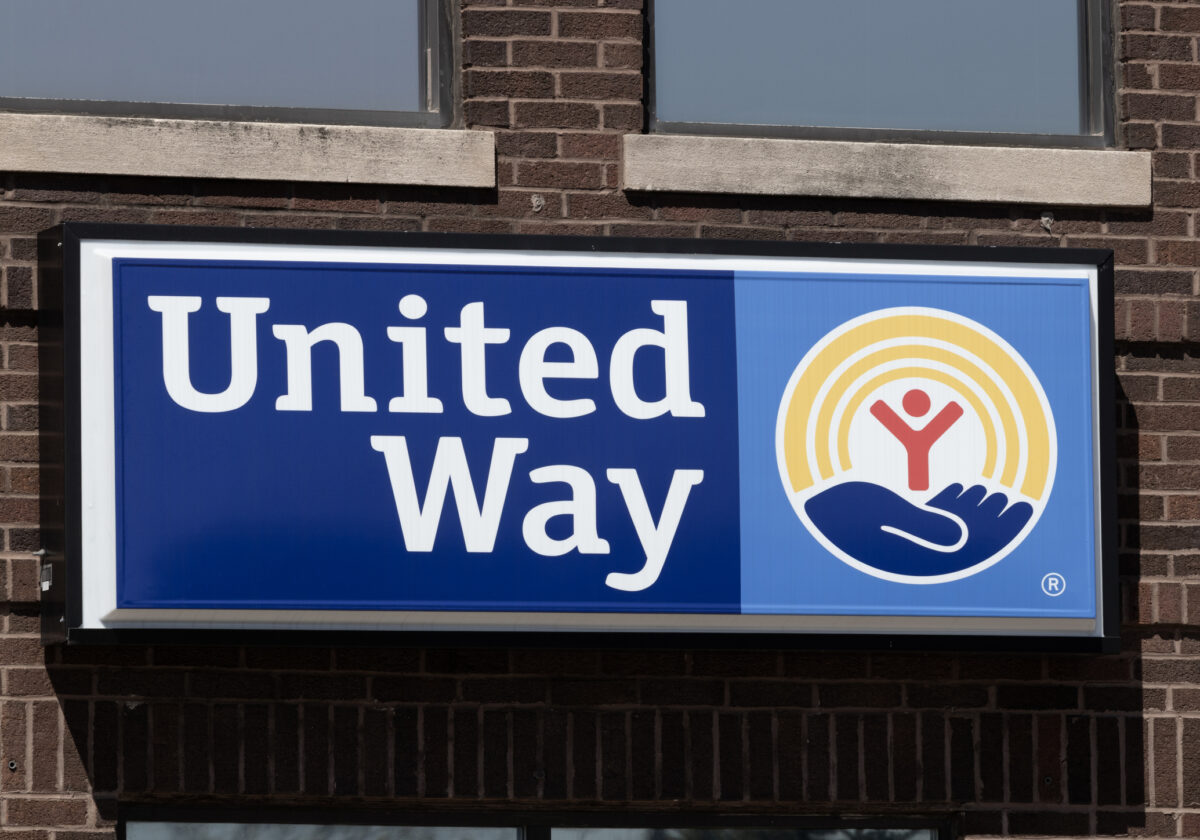Prostate cancer awareness month
Prostate cancer is the second most common cancer among men, after skin cancer. About 200,000 men are diagnosed with prostate cancer in the U.S. each year, according to Fox Chase Cancer Center.
The prostate gland is part of the male reproductive system. It is in front of the rectum and below the bladder, surrounding the urethra. It is usually the size of a walnut. When the prostate is enlarged, it can constrict the flow of urine and result in urination problems. Sometimes, the prostate can grow very large without becoming cancerous. This is known as benign prostatic hyperplasia (BPH). As men age, BPH becomes more frequent and leads to an increase in urinary symptoms.
When some of the cells of the prostate gland grow and divide in an uncontrolled way, the result is a mass called a malignant tumor. Fortunately, most tumors grow slowly and are discovered when confined to the prostate gland. Prostate cancer is often very treatable and is rarely terminal.
When cancer is confined to the prostate, there are rarely any symptoms. Advanced prostate cancer can cause pelvic or bone pain; blood in the urine, bladder obstruction (causing urinary problems or impacting kidney function); and general signs of illness, such as weight loss, fatigue, weakness and decreased appetite.
The risk for prostate cancer rises after age 50. Most prostate cancers are diagnosed in men older than 65. Prostate cancer occurs more often in African American and Caribbean men, and less often in Asian, Latino or white men. A family history of pros6tate cancer also increases the chances of developing the disease, especially if your father or brother had the disease. According to the American Cancer Society (ACS), to a much lesser degree, diet, obesity and smoking can also put men at risk for cancer.
The good news here is that early detection and treatment can lead to positive outcomes. According to Johns Hopkins Medicine, 80-85% of all prostate cancers are detected in the local or regional stages. Many men diagnosed and treated at these stages will be disease-free after five years.
The ACS recommends starting prostate cancer screening at age 50 for men who are at average risk. Screening for prostate cancer may involve a digital rectal exam as part of a regular medical checkup, where the doctor checks the size of the prostate and whether any parts of it are lumpy or unusually hard. A blood test can check levels of a protein called prostate specific antigen (PSA), which is produced by the prostate gland. The PSA blood test is a helpful but imperfect indicator of prostate cancer risk.
For more information, call Fox Chase Cancer Center at 1-866-352-0027 or go to FoxChase.org. Information is also available from the American Cancer Society at cancer.org or 1-800-227-2345.




